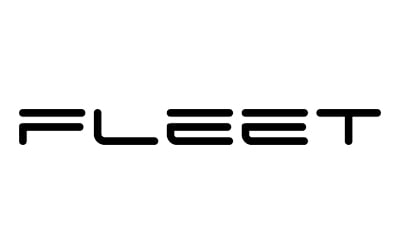
Summary
Fleet Space Technologies is building the global digital nervous system to power the next industrial revolution. Founded in South Australia in 2015, Fleet was created by aerospace engineers who wanted to solve the issue facing businesses globally over the next decade: how to connect billions of sensors and devices, simply and cheaply. Fleet is building a constellation of more than 100 nano-satellites, combined with its LoRaWAN-powered Portal to create a global, connectivity network that will plug directly into the millions of digital sensors already beginning to transform industries like agriculture, logistics, and mining and gas.
Problem
Connectivity is not available in key areas needed by industrial IoT. Low Power Wide Area Networks (LPWAN) can be a key part of the solution as they provide connectivity at low-power (and thus battery-friendly) devices that can be significant ranges from a base gateway, however this gateway still requires some connectivity to the outside world. Based on a review of predictions for the number of total IoT Connections by 2020, the average number of IoT devices connected is expected to be about 25 Billion. Those studies also find an average of about 3 Billion of those devices will be connected by LPWAN. Of this market about 1/3 of these connections are expected to come in areas without cellular coverage. This means about 1 Billion devices will need some sort of connectivity option by next year if they want to be able to work with cloud platforms. Enabling these types of devices to connect to cloud applications would magnify their usability and ROI significantly.
Solution
Fleet provides LoRaWAN connectivity via a managed satellite backhaul network. This allows low-cost connectivity for IoT devices globally. Its ground-based gateways provide a local LoRaWAN network server, edge processing for compression, encoding, etc., and satellite uplink/downlink communications. Coverage extends up to 15 kilometers depending on geography and antenna position and can support up to 1,000 LoRaWAN devices per gateway. The gateway allows for optimizing communications via edge processing which enables lowering data rates and cost. The gateway and satellite communicate in such a manner that allows for confirming the receipt of uplinked data; as such, the gateway is able to know what has been received thereby providing communications reliability.



